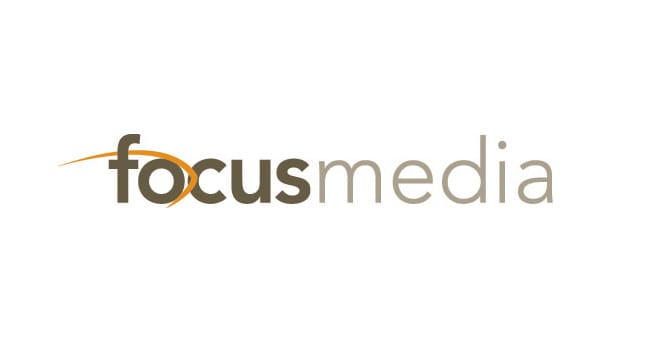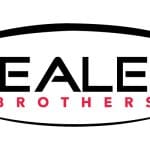One of the hot new terms to hit the marketing world in the past few years is the “time-starved consumer,” because it captures perfectly the state of many of our lives.
Consumers today are overstressed, overwhelmed and overworked, and it seems that everyone — from soccer moms to CEOs — is struggling to balance economic and family responsibilities. Even the multi-screen (PC, TV and mobile) economy hasn’t helped people navigate the precious 1,440 minutes in each 24-hour day. The pace of life and the speed of business are just too quick. Some people even say that lack of time is a bigger problem in their lives than a lack of money.
Naturally, selling products and services to time-challenged consumers has become the primary mission for marketers in all industries. With less time to shop, retailers now face a much more competitive landscape. Interestingly, a Yankelovich MONITOR study revealed that time-starved consumers fall into five distinct profiles:
• Not Sweating It (20 percent of time-starved consumers): Not having enough time is no big deal to this group, which is comprised of consumers with a median age of 31.
• Double Duty (13 percent): Forty-year-old parents, predominantly female, are most likely to be multi-taskers who skimp on their personal care in order to manage their time more effectively.
• TimeMaster (23 percent): Earning $50,000-plus and nearing middle age (median age is 48), this group is identified with being experts at managing scarce resources.
• A Helping Hand (26 percent): At median age 43 and mostly married, “helping hand” consumers are looking to the marketplace for tips, tricks and techniques to manage their time.
• Spending Time (18 percent): This group is most willing to trade money for time and to sacrifice social and leisure time for business.
“Brand butlers,” another neat new marketing buzz phrase, takes the challenge of marketing to the time-starved consumers as an opportunity. The consumer insights firm Trendwatching.com defines brand butlers as “brands that focus on assisting consumers to make the most of their lives, as opposed to the traditional branding model of selling consumers a lifestyle or identity.”
These services give consumers access to important information, help them save money, connect them to social networks and make their lifestyles more eco-friendly — and of course position the sponsoring company as the trusted source. Here are a few examples:
• MasterCard’s ATM Hunter is an iPhone app that allows users to find the nearest ATMs by entering their location or using built-in GPS functionality.
• Real estate site Zillow’s iPhone app uses the phone’s GPS to provide details of estimated home values, homes for sale and recently sold homes.
• Galp Energia launched Galpshare, a carpooling platform available throughout Portugal, where commuters can create a profile, specify their daily route and find others heading the same way. Users can also list their musical preferences and interests, helping them find people they’d enjoy sharing a ride with.
When marketing your company, remember to find innovative ways to capture the attention of the time-starved consumer.
Josh Sommers is president and CEO of Focus Media, a leading Hudson Valley advertising and public relations agency. He can be reached at josh@advertisingandpr.com or 294-3342, ext. 303. Read his blog at www.advertisingandpr.com.




